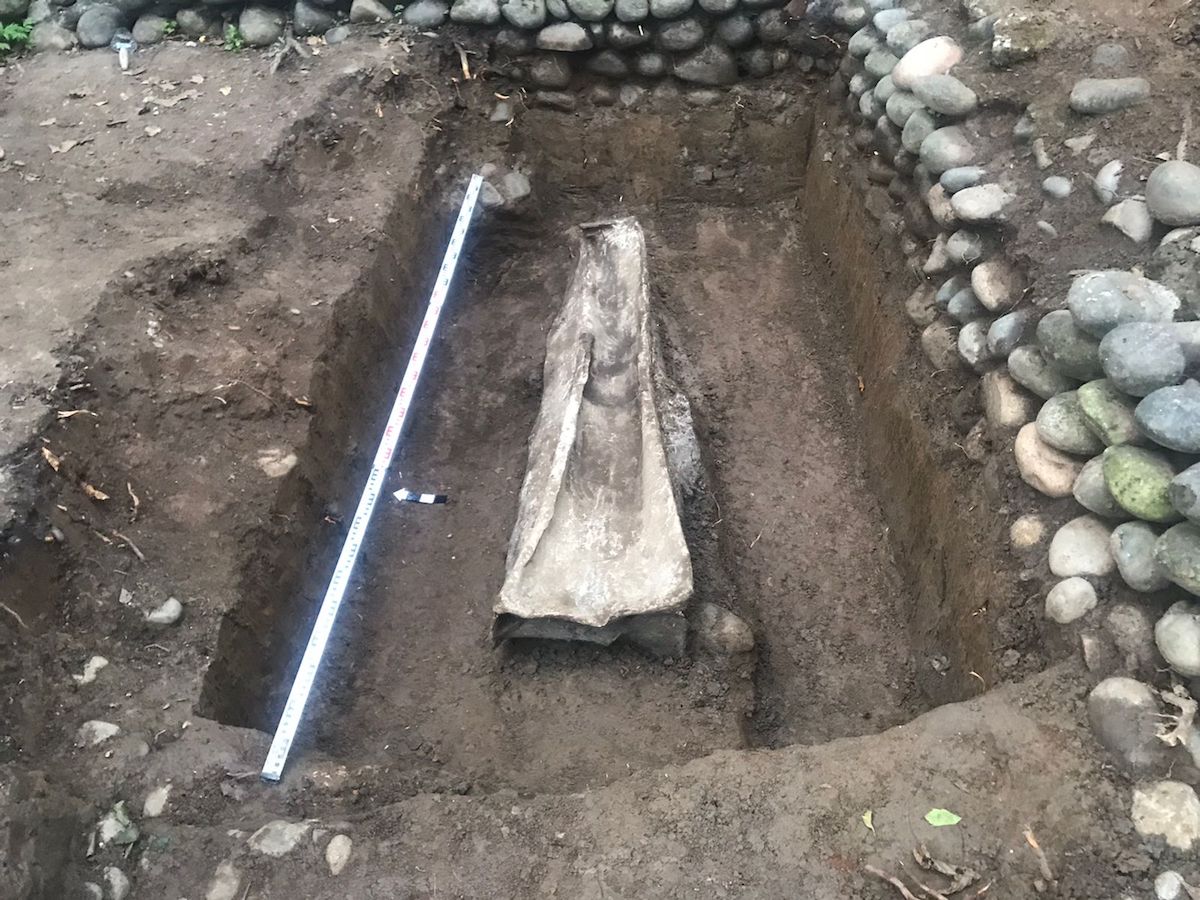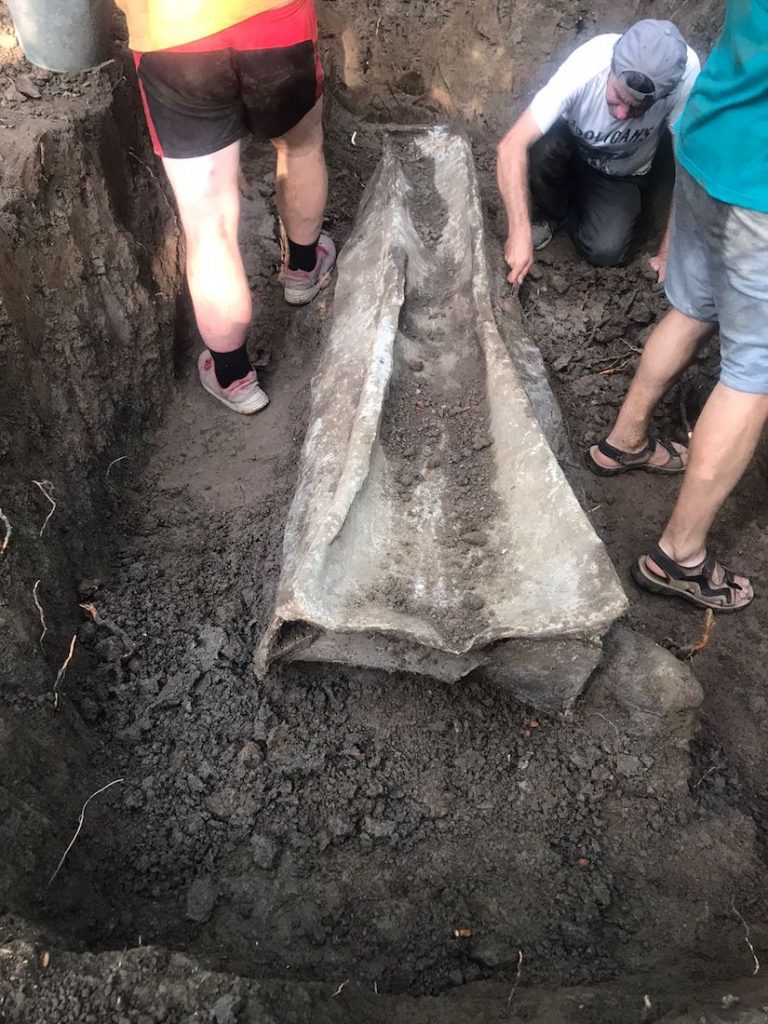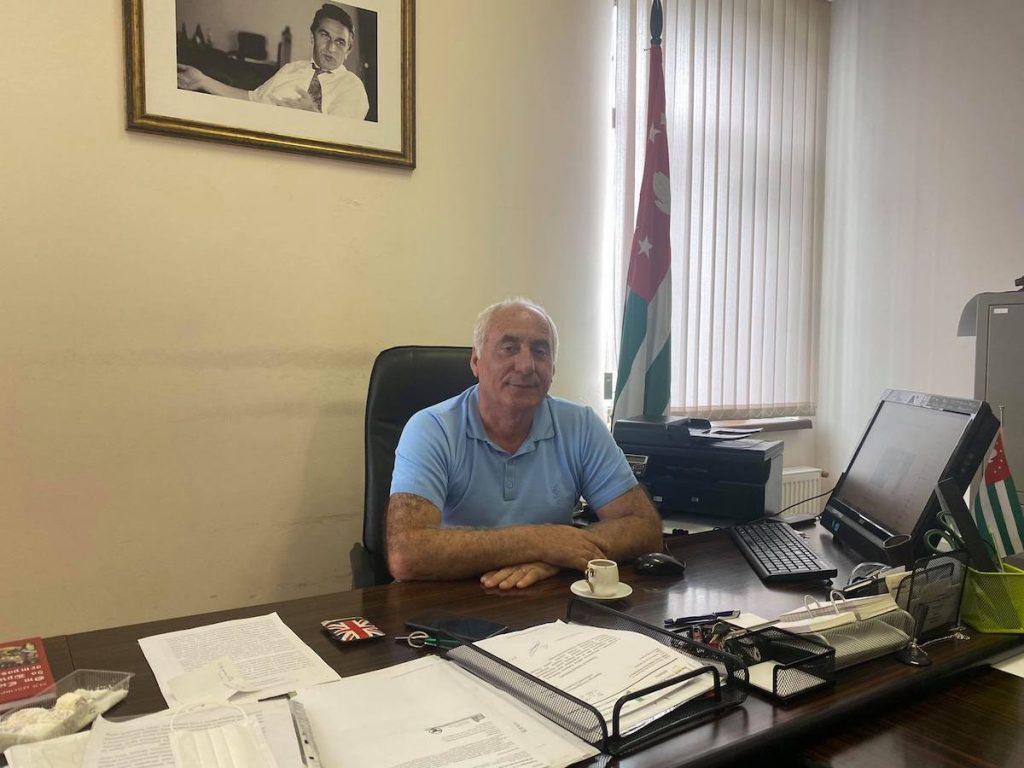Share














Most read

Russia drops probe into Azerbaijani plane downed by its air defences: reaction in Baku
Armenia in 2025: key developments with long-term impact
Is Pashinyan rebranding ahead of elections? BBC looks at PM’s music videos on social media
Azerbaijan in 2025: repression, human rights abuses and international agreements
Top stories in Azerbaijan, Armenia, and Georgia from 29-31 December, 2025

Azerbaijan in 2025: repression, human rights abuses and international agreements
New Year’s mood in Abkhazia: entering 2026. Video
Georgia’s GDP grows by 7.2% year on year
Armenia in 2025: key developments with long-term impact
Top stories in Azerbaijan, Armenia, and Georgia from 29-31 December, 2025













